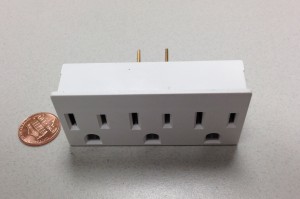“Sales is Simply the Transferral of Enthusiasm”
That’s what I heard at the recent IBM PureSystems event I demo’d and spoke at. It resonated with me because, while I’m not a sales guy, I do spent a lot of my time transferring my enthusiasm for IBM Flex System Manager to those that use it and sell it. In fact, my recent trip to Shanghai and Dubai was solely because I have a way to successfully transfer enthusiasm through demonstrating and speaking about Flex System Manager that makes both end users and sellers excited about the product.
However, what I am discovering is that regardless of how successful I am at transferring my enthusiasm to others, their new-found enthusiasm will fade fade quickly if it is not continually renewed.
How is enthusiasm for a product best renewed?
Through its user experience.
I am finding with our latest release of FSM that our new user experience is being very well received by both users and sellers alike. It is this new user experience that is renewing their enthusiasm every day, not the memory of a well-executed demonstration.
Think about it: How many times have you seen an online video or in-store demo of a product and you get so excited to use it you quickly part ways with your money so you can bring it home…only to discover that the product is far too difficult to set up and use for your particular needs? I know I have … especially with music software. The bullet points are exactly what I need to accomplish my goals, but the interface is so confusing I end up uninstalling and wishing I had not been suckered in by the flashy demo.
Maybe that is the ultimate litmus test for a product…for the user experiences I own: Can the level of enthusiasm I transfer to sellers and end users during the initial demo be constantly renewed by the user experience they interact with every day after?
What do you think?

